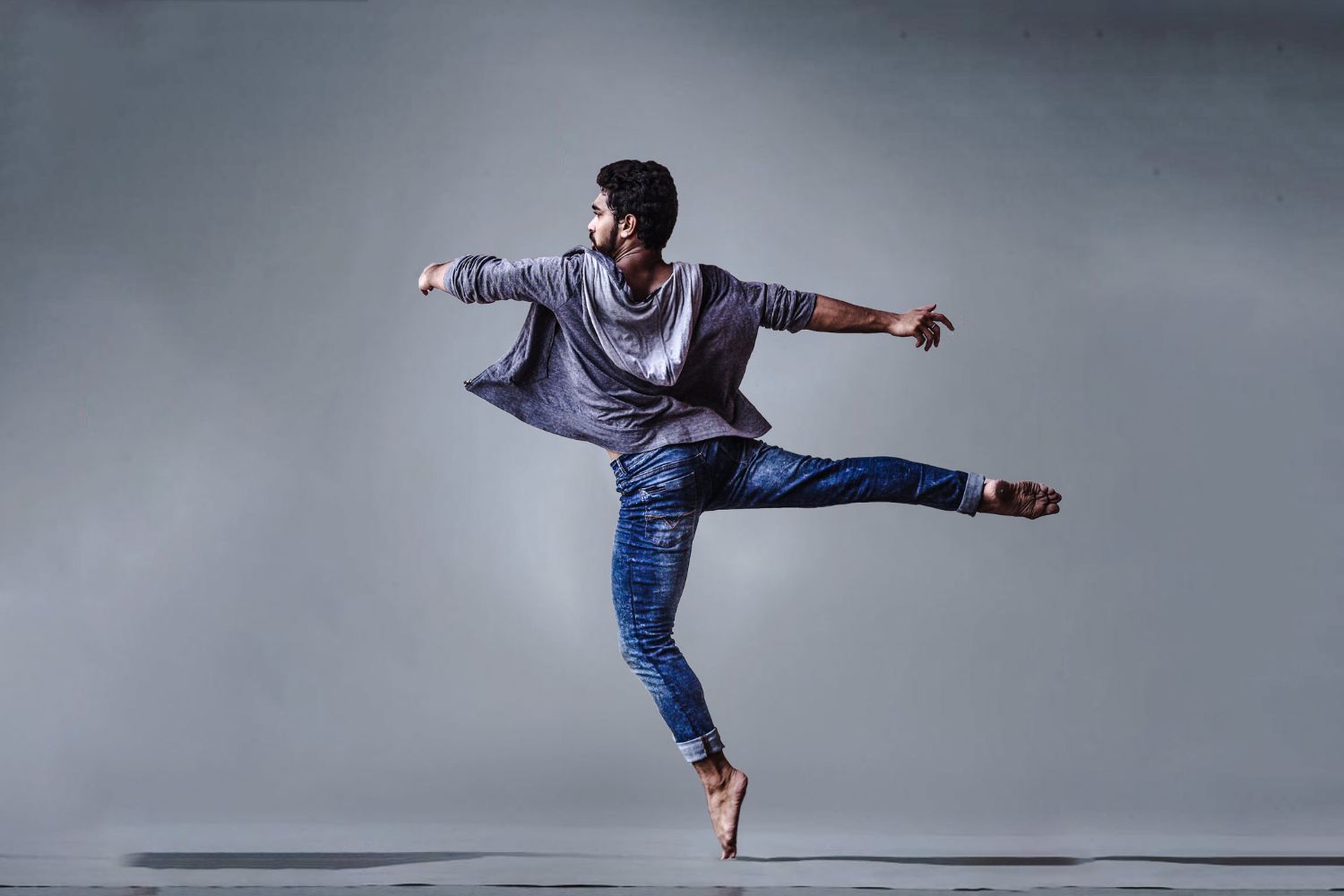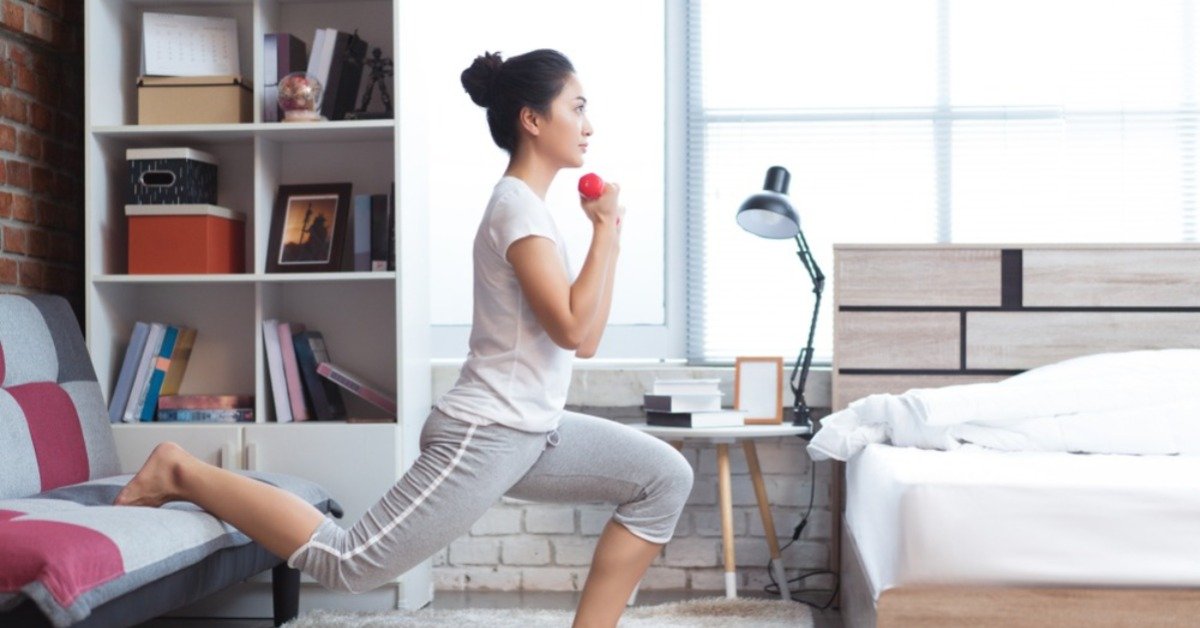Thinking of getting into yoga? It’s a great way to relieve back pain and muscle tension and build strength and flexibility. But for beginners, some classes and poses can be a bit intimidating. And if you’re completely new to the practice, finding a good place to start can be hard. So, here are our yoga tips for beginners.
Take a yoga class before practising at home
You won’t need to take a class whenever you want to practice yoga. However, taking a couple of sessions from a qualified instructor is a good idea. They can help you better understand various poses (and your body’s ability to do them). Once you’re a bit more comfortable, you can continue at home with YouTube videos or even a yoga app.
Pick beginner yoga poses suitable to you
There are hundreds of yoga poses and a few yoga types. Some are better for beginners than others.
For styles, practitioners and instructors generally recommend Yin and Hatha for beginners. These styles let you slowly progress through the poses, giving you time to breathe, adjust, and learn. It will also help you build your muscle memory so you can switch and settle into poses quicker and easier as you go along.
For poses, aim for beginner-friendly. Warrior, Child’s Pose, Downward Facing Dog, Cat-Cow, Mountain, and Butterfly (aka Cobbler’s Pose) are good to start with. Beyond that, you can pick poses and their variants according to your ability and needs. For example, add a few more back strengthening and stretching poses if you have lumbar pain, or start with Legs Up the Wall if you can’t quite hit the Standing Forward Bend yet.
You should also modify the poses where necessary if you’re feeling pain. Get advice from an instructor and add a block or two.
Go at your own pace

Every body is different. Muscles and tendons move, develop, and stretch differently depending on genetics and fitness level. So, it is not a good idea to compare yourself to someone else practising yoga - that can be a recipe for pulled muscles. Take the time you need and progress at your own pace. All that is necessary to get better at yoga is to have a goal in mind, make and follow a plan, track your progress, and listen to your body.
Create a yoga-friendly space
Practising yoga at home is a great way to keep up with your habit. However, you need to take a few steps to transform your space into your yoga studio. Look for a room that’s quiet, large enough to stretch out your arms and legs while lying down without touching anything, and limit distractions. If you can, put your phone on silent. If you’re living with someone, ask them not to disturb you. And if you have a cat, dog, or other free-roaming pets, close the door.
Get the yoga gear
- A yoga mat is essential for keeping your feet, palms, and other body parts from sliding during your poses. It will also provide cushioning for bonier body parts (like the knees).
- Yoga blocks are an essential tool for beginners, as they help you safely practice various yoga poses. If you’ve never done yoga before, your muscles will simply not be used to settling into certain positions, which is where a support block comes in handy. They’ll help you achieve proper alignment while removing some of the effort of holding the pose.
- Stretchy and breathable clothing. A pair of leggings or bike shorts are a good option, as are moisture-wicking shirts. Yoga might not look hard, but you will be sweating!
Try yoga with compression

LumboTrain Back Brace
On the subject of important gear, start your journey with compression. Quality compression will warm up your muscles, getting them ready to start posing. It will also improve your proprioception (spatial and bodily awareness), helping you achieve better alignment in your poses and work to improve your balance. Last but not least, compression fights muscle fatigue, helping you maintain your poses for longer and even add a couple more to your routine.
The LumboTrain Back Brace will be a great fit if you want to focus more on the core and lumbar in your yoga practice. As a bonus, its compression knit works with a lumbar pad to combat back pain.
If you’re struggling with weak ankles or balancing on one leg, the MalleoTrain Plus or Sports Ankle Support will help improve your stability.
Build a habit
Stay consistent with your yoga routine! You won’t need to practice every day but plan at least 3 sessions of around 20-30 minutes a week to start. If you can’t make a particular session, don’t just skip it entirely. Try to move it around your schedule for that week. Remember, building a habit is much harder than breaking one.
To sum up
Yoga is for everyone! There are hundreds of poses and pose variants, so you can easily create a beginner-friendly plan suited to your needs. With the help of an instructor, blocks, compression gear, and a consistent practice schedule, you’ll be on your way to a healthier body (and to doing more complex poses!)
If you require assistance selecting the right product for your needs or wearing the brace, call us on 098015660 or contact us via live chat.
Do you have private health? Most private health extras will cover Bauerfeind Products. Check to see if yours is included. Bauerfeind Private Health Insurance Inquiry.
Bauerfeind was founded in 1929, and since then, we've worked tirelessly to develop and improve our extensive range of braces, insoles, and compression products. Our mission is to provide you with top-of-the-line supports so you can reach your fitness goals or live life without pain holding you back.
Every product is produced entirely in our facilities in Germany with the guidance of doctors, clinics, and orthopaedic technicians.
















